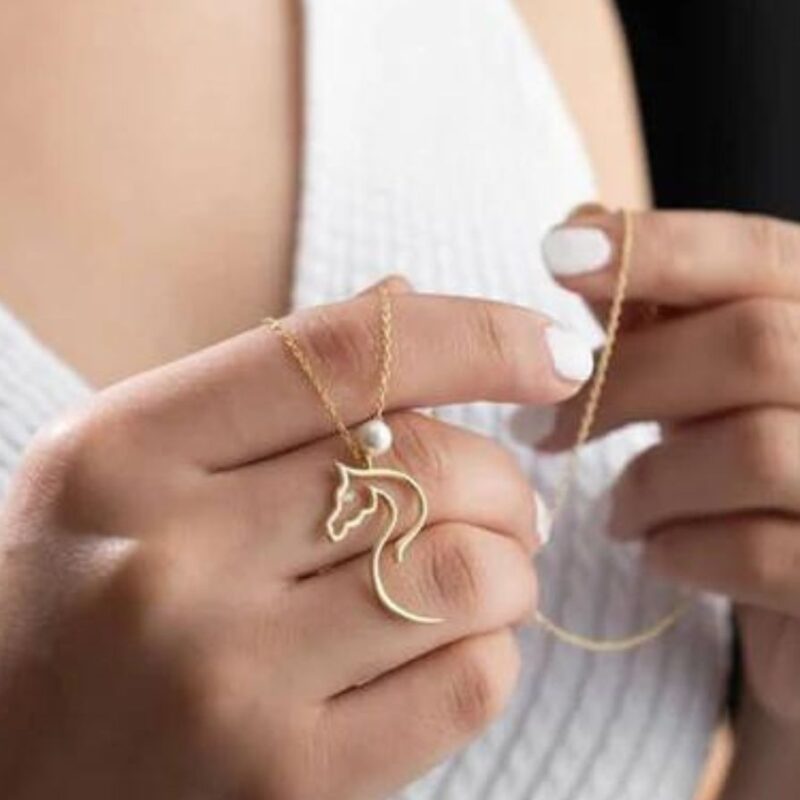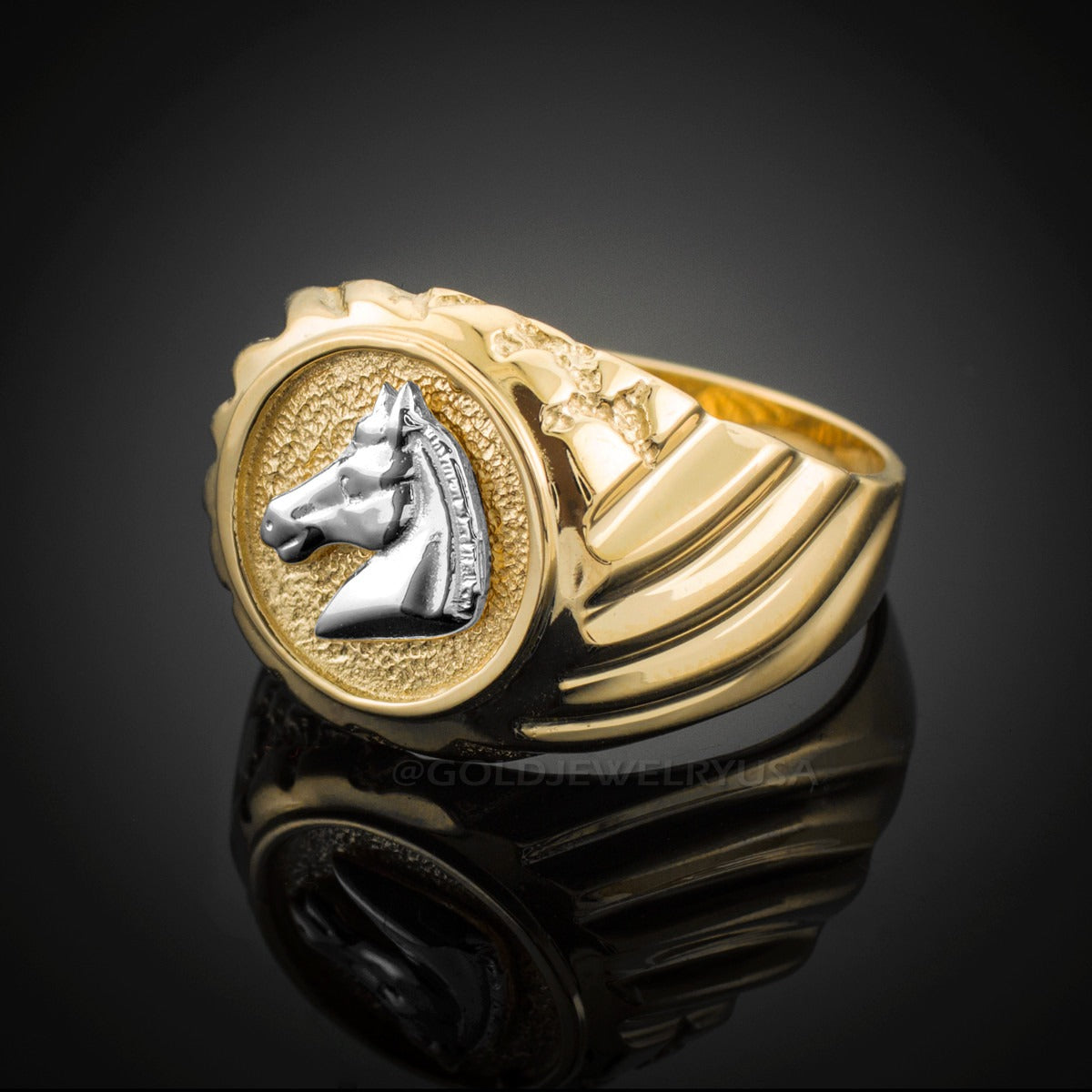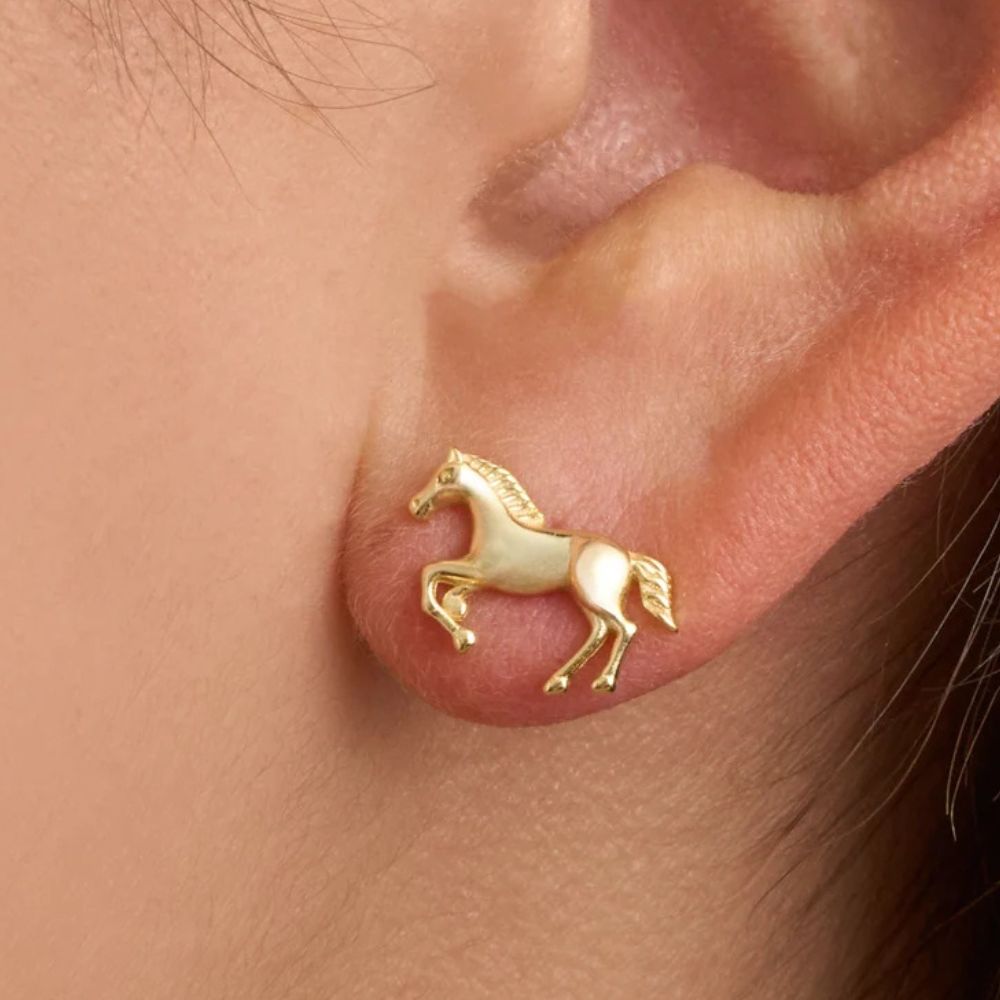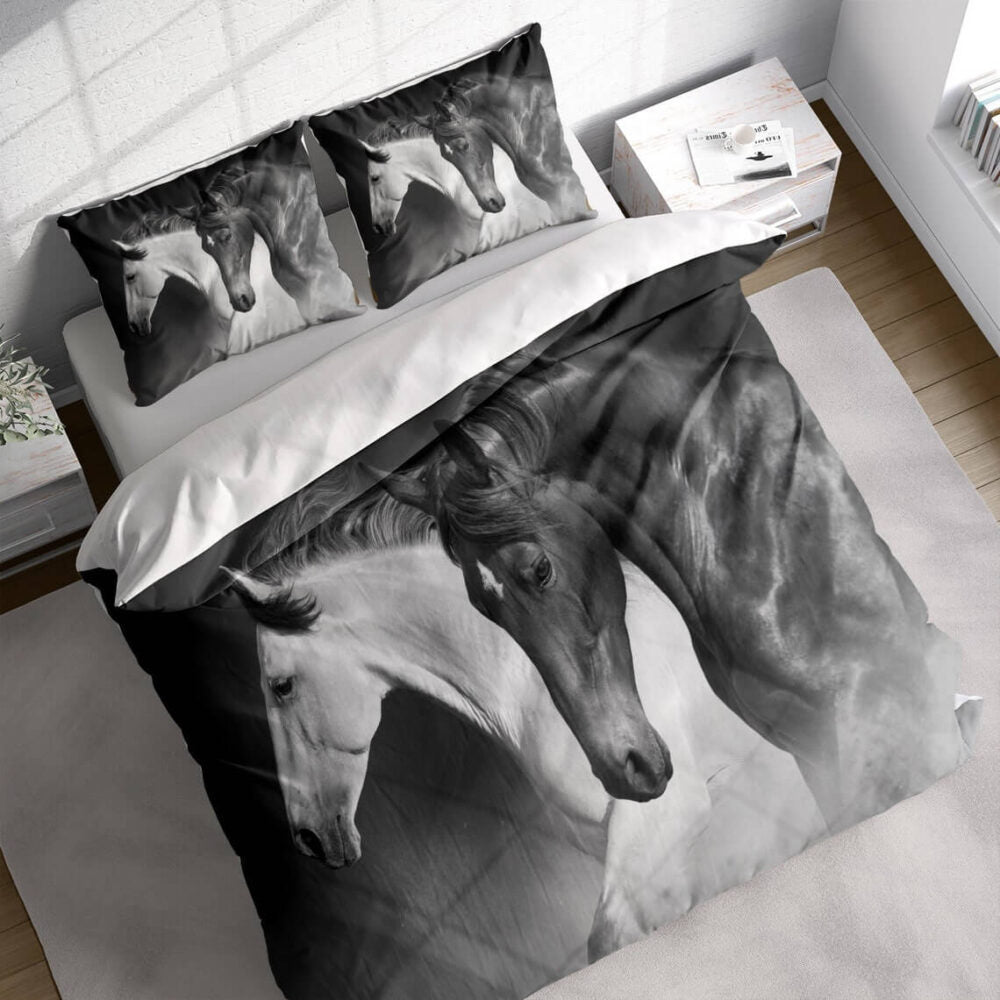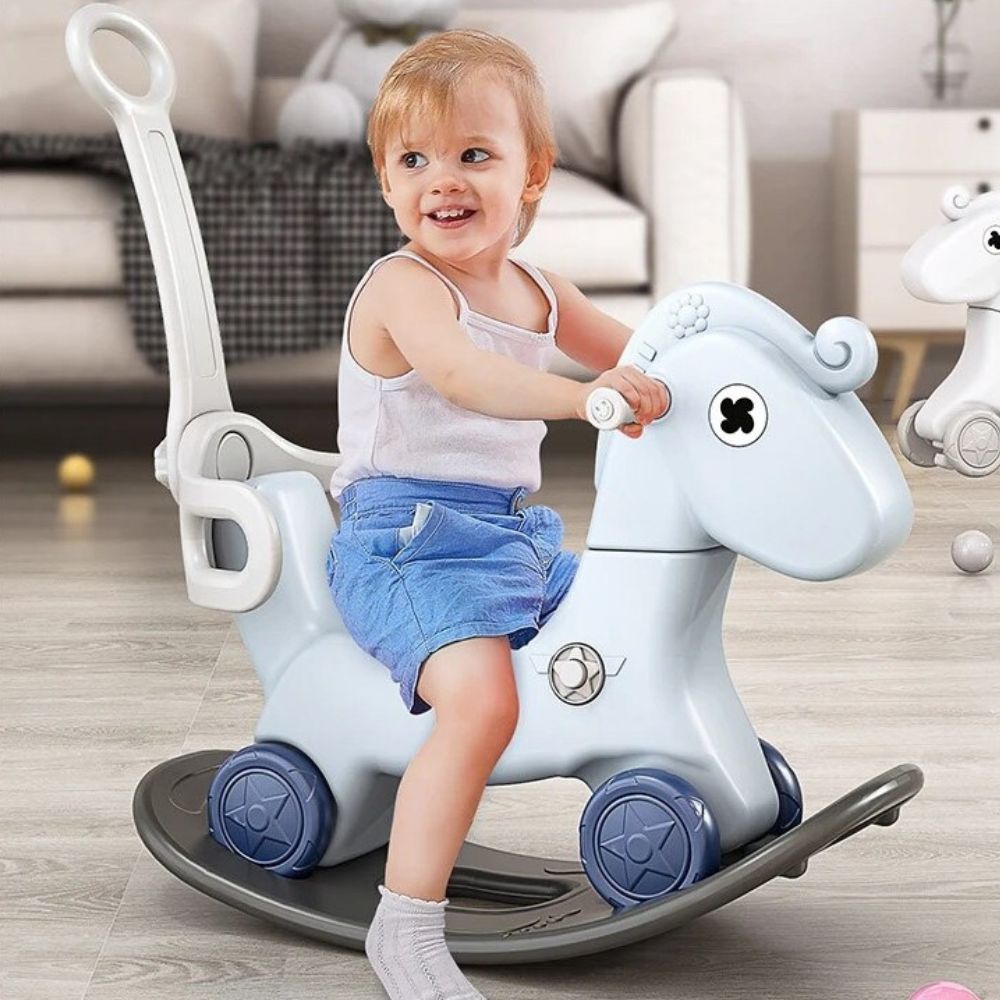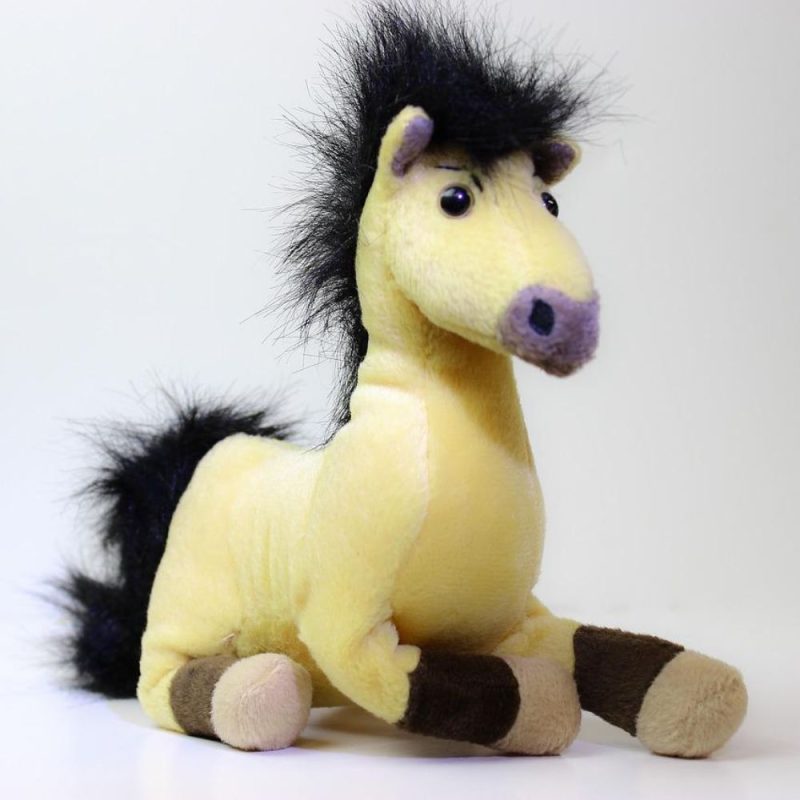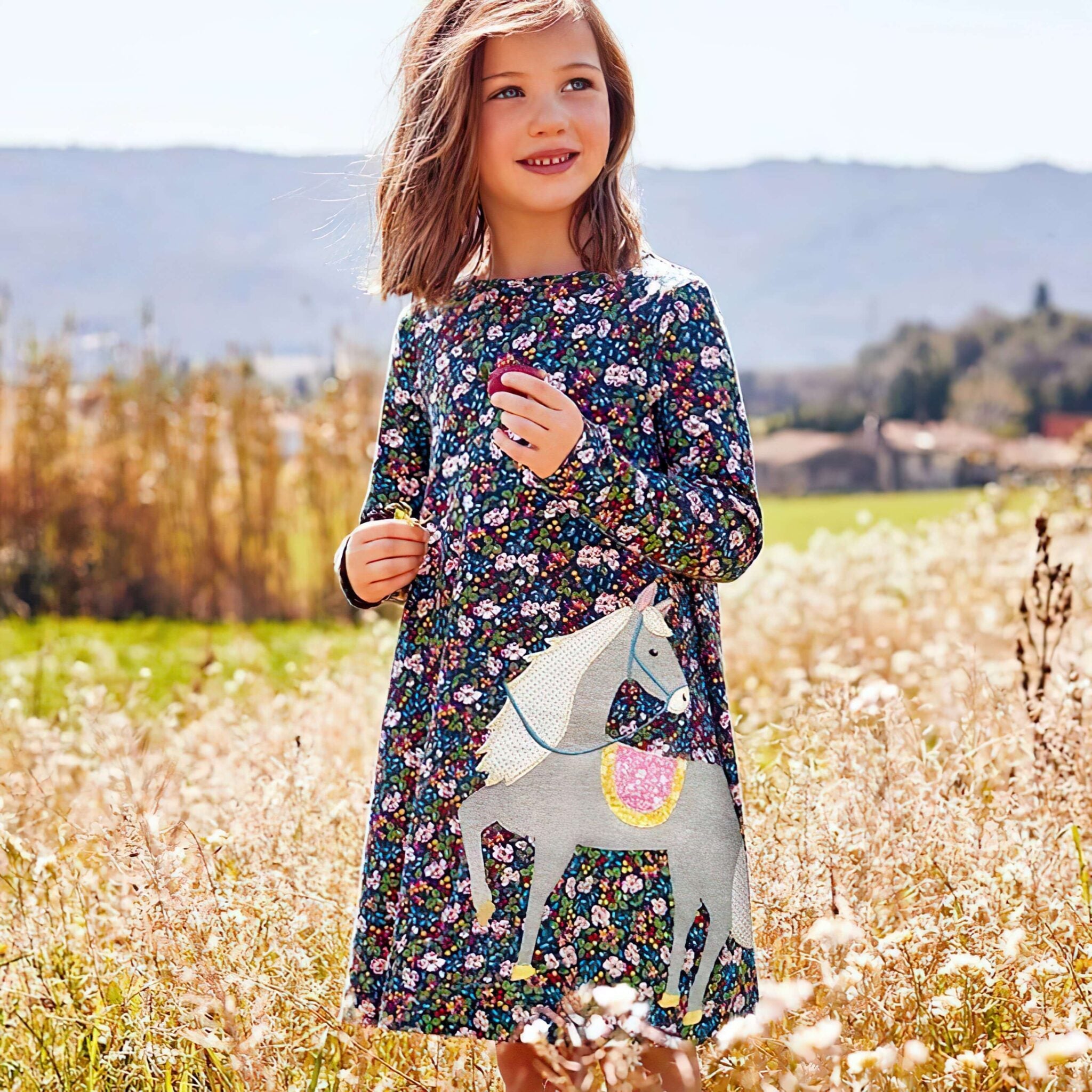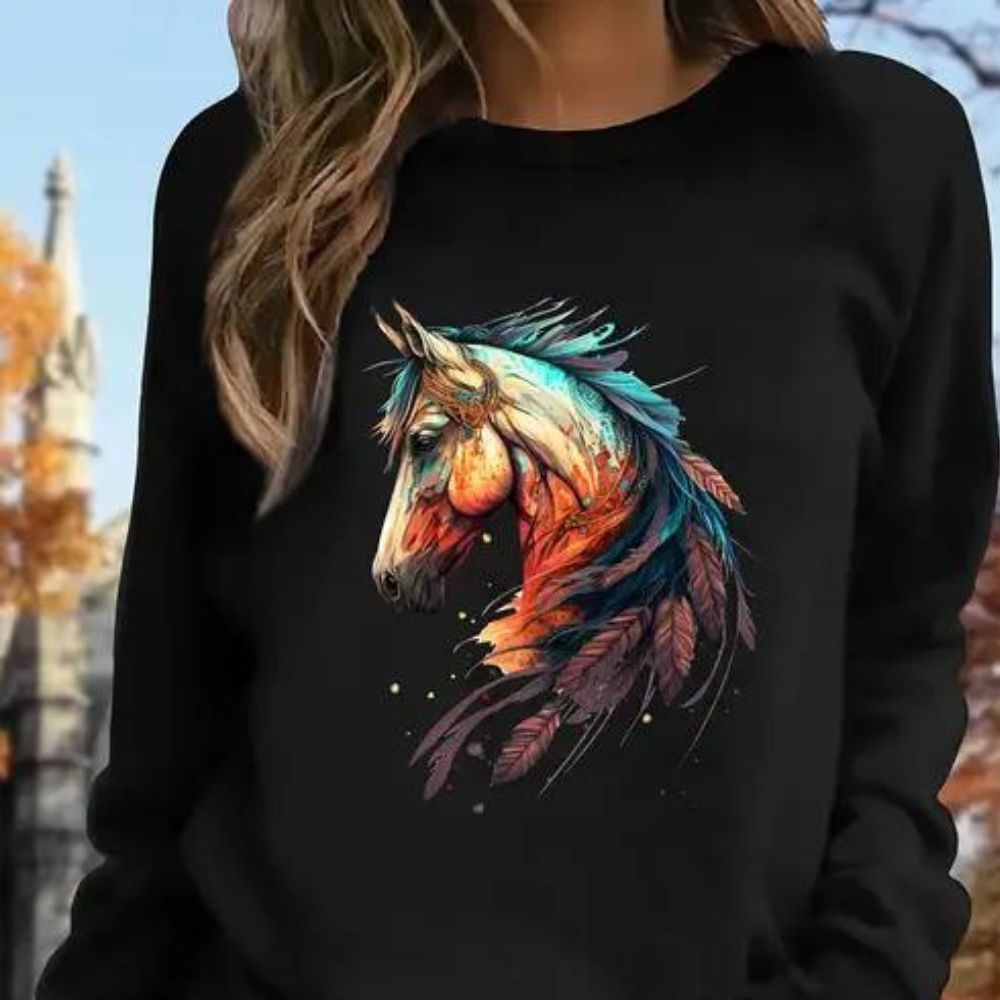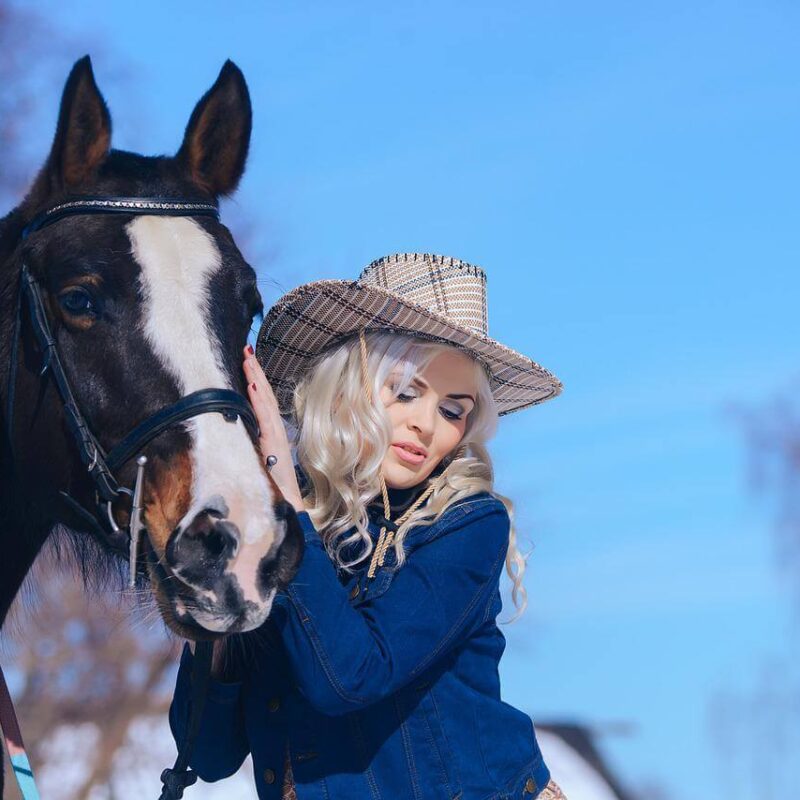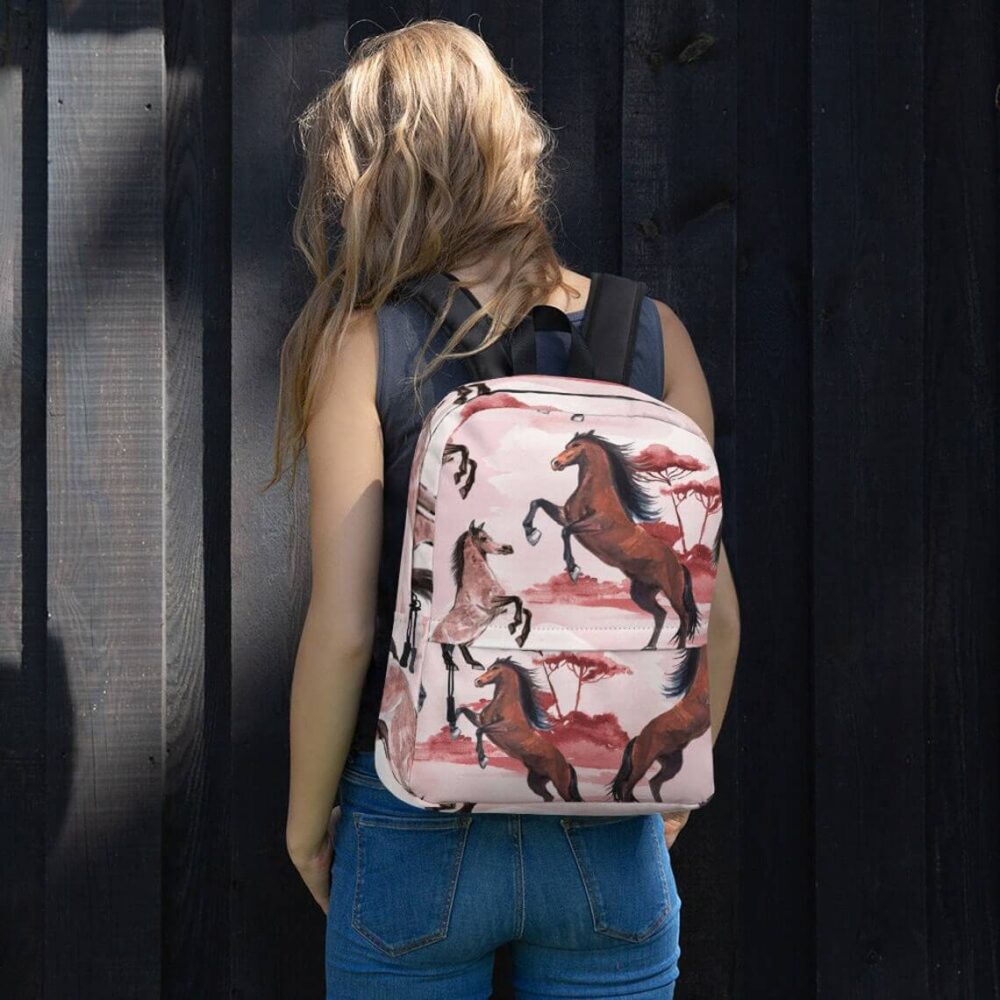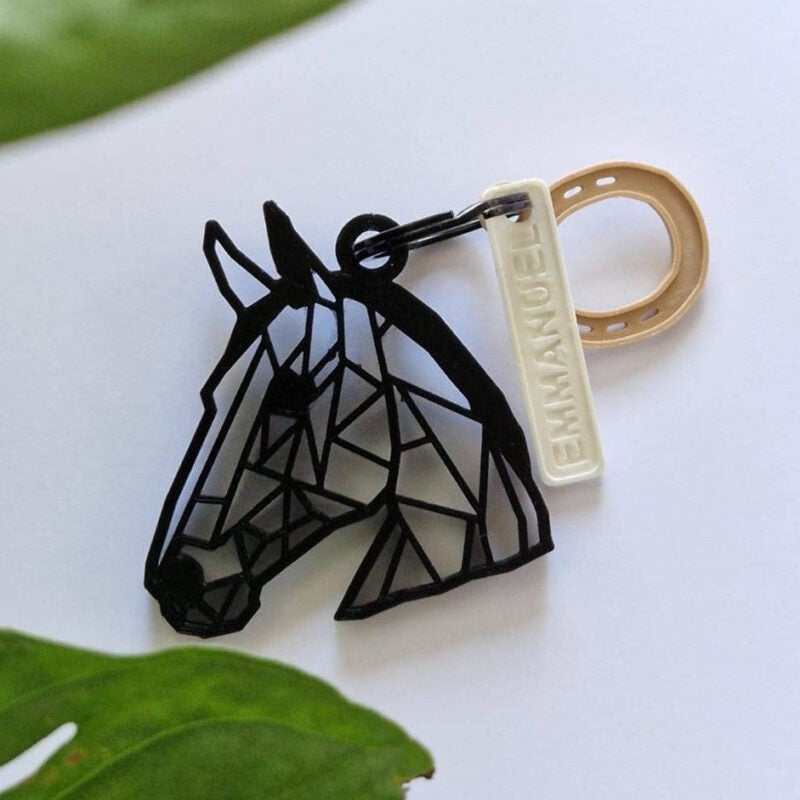
Why do horses need shoes but not cows?
Both cows and horses were used as modes of transportation for a long time in the past. To ensure the general health and comfort of these domesticated animals, proper foot care became necessary.
But have you ever questioned why cows don’t need shoes yet horses do?
That’s a question we’ll be looking into in this guide, for sure. I’ll also respond to other frequently asked questions, such as what horseshoes are and what they’re used for.
What does horseshoes mean? Do horses need shoes?
Horseshoes are artificial, U-shaped plates with the purpose of enhancing and safeguarding a horse’s hooves. Horses have been able to do a variety of tasks thanks to these shoes for years.
Unshod or barefoot horses are referred to as such, while horses with shoes are called “shod” horses. Horseshoes are typically made of metals like steel or aluminum.
But you can also find footwear made of different materials, such as rubber, plastic, or copper. These materials hold their shape well because they are durable, but each animal’s specific horseshoe design largely relies on its breed.
It’s also important to note that some horse breeds have distinct shoe requirements for the hind legs compared to the front legs. The term “caulk” refers to the horseshoes that are frequently attached to the rear legs. In order to prevent excessive wear and tear damage, this kind of horseshoe has additional steel material.
➤ Also Read: Where did horses originate from?
Nails are typically used to secure the horseshoes to the ground side (palmar) of the animal’s hooves. More significantly, a qualified farrier performs this task to avoid damaging the animal’s hooves.
If temporary protection is required, another option is to attach the shoe to the animal’s hooves.
The importance of horseshoes
Horses wear shoes primarily to strengthen and protect their feet and hooves, which keeps them from degenerating too quickly. Like our toenails and fingernails, the horses’ hooves continue to develop if they aren’t clipped.
As they travel through difficult terrain from one place to another, wild horses gradually wear out their hooves. In contrast, due to the added strain and weight, domesticated horses’ hooves deteriorate more quickly than those of wild horses when pulling a carriage with a rider inside.
Horseshoes in this situation make the hooves stronger and more resilient, preventing premature wear. The horseshoes also provide additional safety against harm on rocks or other harsh surfaces.
They also guard against muddy or moist ground weakening the hooves, which is particularly important in humid conditions. Horses participating in high-impact sports like cross-country, jumping, or racing are also given additional protection and cushioning by wearing shoes.
Besides just guarding the hooves, horseshoes provide other vital functions. They can be utilized, for example;
Increased Balance
An professional farrier can fit horses with balance concerns with corrective shoeing to fix the condition. When appropriate, the shoe will add extra support to the hoof capsule to assist the horse walk properly.
Boost traction
Horseshoeing improves the animal’s stability and grip in unfavorable weather circumstances, including as muddy or rainy weather and challenging terrain. Additionally, the animal can be given special shoes that will provide it more stability when walking on ice.
Offer medical assistance
The health of the horse’s foot and hoof is often compromised by ailments including ringbone, laminitis, and arthritis. Horseshoeing, thankfully, can offer additional support, enabling the animal to return to work safely and move comfortably.
The horse’s performance in some sorts of work can be greatly improved by horseshoeing. In contrast to a show pony in a soft ring, an animal pulling a carriage on a tarmacked surface needs a more robust shoe.
As a result, a farrier must design a shoe that is appropriate for both the breed of horse and the work it will be doing.
Benefits & Drawbacks of Horse Shoeing
There have been claims that horseshoeing provides advantages and disadvantages for the animal. I’ll walk you through some of its primary drawbacks and advantages in this section.
Benefits Of Shoeing A Horse
Slows Down The Rate of Hooves’ Wear
Horseshoeing, as previously indicated, stops the animal’s hooves from wearing out too quickly. For horses who pull carriages or perform other weight-bearing activities, this can be especially advantageous.
Improved Performance
Horseshoing, according to some equestrians, is crucial to raising an animal’s performance. This is especially true for horses that compete in high-impact sports competitions like cross-country racing and competitive jumping.
In these competitions, shod horses typically outperform barefoot horses.
Protection
Horseshoeing gives the animal’s hooves more strength and durability, which is one of its main advantages. This lessens the chance of harm when engaging in strenuous work or riding over rough terrain and protects the hooves.
Provides Additional Support to Animals With Medical Issues
Horseshoeing offers further assistance to animals with ailments like arthritis, ringbone, and laminitis.
Corrects Balance Issues
Final point: Corrective horseshoeing is a fantastic approach to address balance difficulties as well as other stride and gait issues with the animal. Additionally, shoeing the animal can help keep its hooves from developing cracks and chips.
The disadvantages of shoeing a horse
Expensive
Comparatively speaking, trimming the hooves is less expensive than horseshoeing.
Can Possibly Raise Injury Risk
Some shoes, especially if they are put by a novice farrier, might damage the delicate inner area of the animal’s hoof. Even worse, if the shoe is misplaced while working, it may injure the hoof wall or sprain a tendon.
Why Don’t Cows Have Shoes?
Animal shoes are essentially made to safeguard hooves against abuse. However, cows can’t travel over a wide range of terrain or carry as much weight as tamed horses.
We don’t, for instance, race cows, force them to pull carriages, or even use them for ranch chores. In other words, cows don’t conduct demanding duties, which is why they don’t need shoes.
It’s interesting to note that oxen were typically shoed while they were being employed as draft animals for farm work. But because they have cloven hooves, unlike horses, they wore two different “shoes” on each foot (even-footed).
Even if the cows can go barefoot, the hooves still need to be properly cared for, including routine clipping. Depending on the breed of the cow, this can be done twice a year.
Conclusion
So hopefully you now understand why cows do not require shoes but horses do. For domesticated horses, especially those who carry out a variety of jobs that other animals don’t normally carry out, shoes are crucial.
This includes activities like hauling large objects, galloping over concrete, pulling a ride, and staging for extended periods of time in the stables. These activities stress them out and put more strain on their hooves.
Contrarily, unlike horses, cows do not pull huge loads or people. As a result, they may survive without cow shoes in comfort.
Delight the little horse lovers in your life with our fun and engaging horse-themed toys collection! Explore our playful Horse Toys that will keep them entertained for hours. Bring home a charming Horse Figurine for a touch of elegance, or let them bounce with joy on a fun Bouncy Horse. For cozy cuddles, check out our soft Plush Horse or a timeless Rocking Horse. If you’re looking for something extra special, a sturdy Wooden Rocking Horse will make a lasting gift. Don’t forget to challenge their minds with a fun Horse Puzzle. Shop now to bring the magic of horses into their playtime!
Please feel free to join the secret club if you appreciated learning more about the topic covered above. Additionally, you will receive our entire book about horses as a gift, and you will receive an email preview each time a fresh piece is published on the website dream-horse.co.
Visit our shop to look through the top products for riders and their horses.








